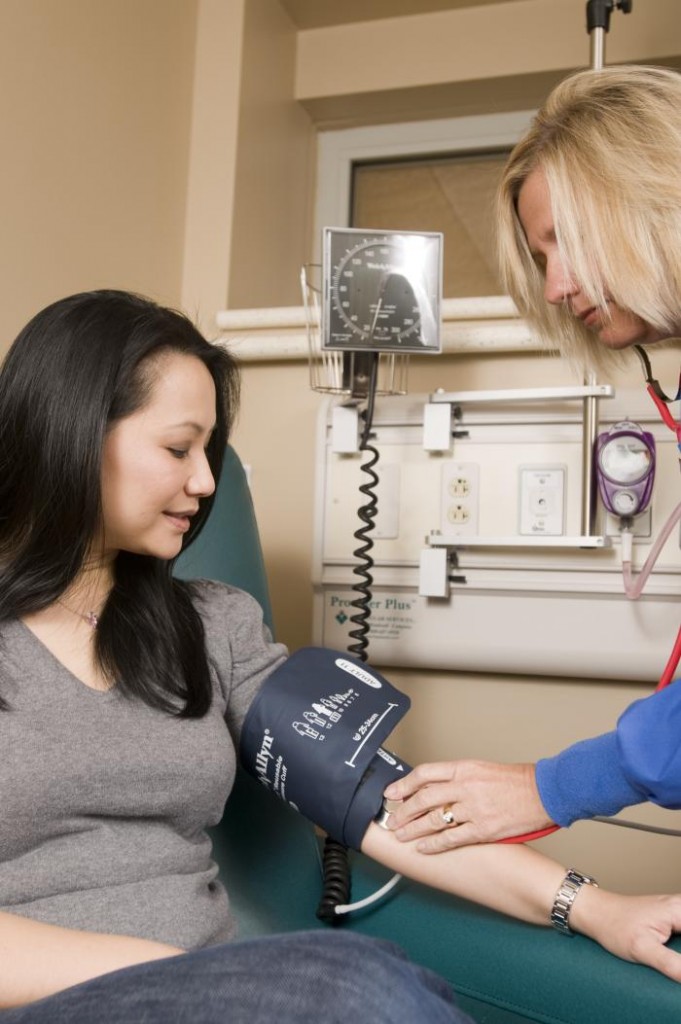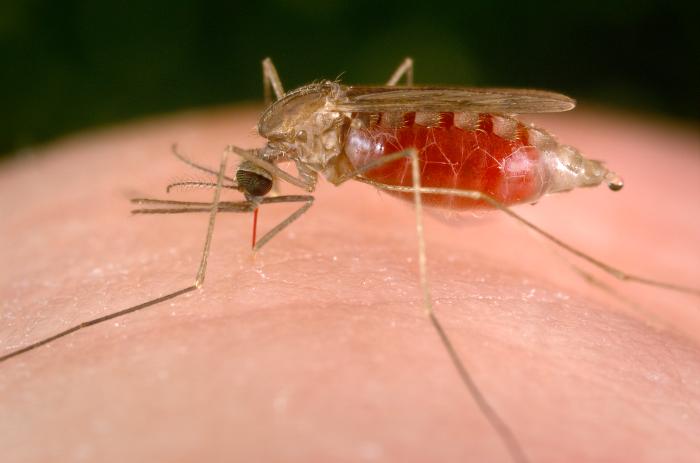
We’ve known for over a generation that using medications to lower high blood pressure can decrease the risk of strokes, heart attacks, and kidney failure. National guidelines have recommended using medications to get the systolic blood pressure (the higher blood pressure number) below 140. So for my whole career a systolic in the 130s would lead to me pat the patient on the back and declare victory, while a systolic in the 140s would lead me to increase a dose of a medication or stress to the patient that she needed to exercise and lose more weight.
I will now have to change that long-standing habit.
A groundbreaking study published in the New England Journal of Medicine (NEJM) in November attempted to clarify the goal to which doctors should treat high blood pressure. Over 9,000 patients were enrolled. The patients were at least 50 years-old, had a systolic blood pressure of at least 130, and had other risk factors for stroke and heart attack. The patients were randomized to two groups. In one group the doctors tried to keep their systolic blood pressure less than 140 (the standard treatment group). In the other group the doctors tried to keep their systolic blood pressure less than 120 (the intensive treatment group).
The plan was to follow the two groups for five years to count the numbers of strokes, heart attacks, and deaths in each group. But the differences accrued so quickly that the trial was halted after only a little more than three years. This video has an excellent summary of the dramatic findings.
The intensive treatment group had significantly fewer strokes, heart attacks, and deaths. That last finding is especially striking because treatments that are proven to actually prolong life are very rare. For every 61 people in the intensive treatment group one stroke or heart attack was prevented. For every 172 people in the intensive treatment group there was one fewer death.
The benefits did not come without side effects. More people in the intensive treatment group had excessively low blood pressure, fainting, and temporary kidney injury. The patients on the intensive group also, on average, required one additional medication compared to the standard treatment group. But the numbers of these additional adverse events were quite modest compared to the large benefits. There were about two adverse events per life saved. That’s not bad.
This study will cause a major shift in how we treat elevated blood pressure. Aiming for a systolic blood pressure goal of 120 will require patients to take more medicines, perhaps suffer more side effects, and attend more doctor visits as their medications are adjusted. But the potential payoffs will be worth it.
So don’t be surprised if I want to increase your blood pressure medication at your next visit. That systolic blood pressure of 134 was terrific a few months ago. But now we know we can do better. And we owe it to you to try.
Learn more:
The SPRINT Trial (NEJM Quick Take video)
Data on Benefits of Lower Blood Pressure Brings Clarity for Doctors and Patients (NY Times)
Aggressive Lowering Of Blood Pressure Carries Risks As Well As Benefits (Shots, NPR’s health blog)
A Randomized Trial of Intensive versus Standard Blood-Pressure Control (NEJM article)
Redefining Blood-Pressure Targets — SPRINT Starts the Marathon (NEJM editorial)
A SPRINT to the Finish (NEJM editorial)

